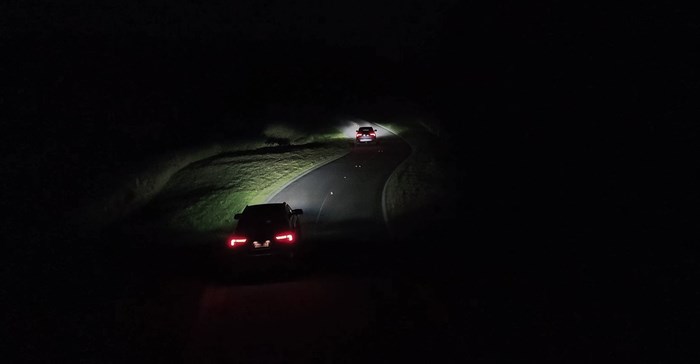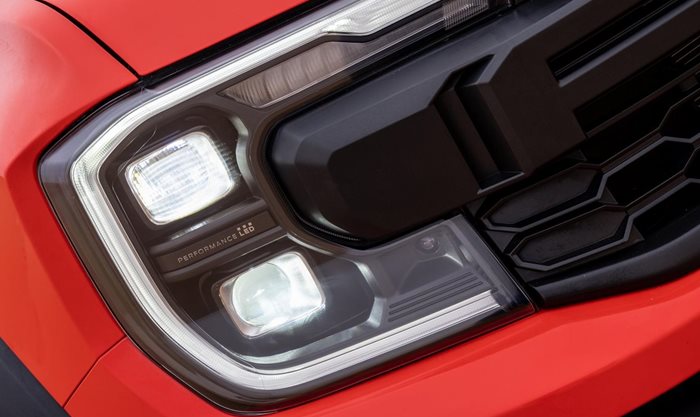A Stellenbosch University study found that in South Africa, 58% of traffic deaths occur during the hours of darkness, with the risk of being in a fatal crash 4-5 times higher at night than in daytime.

Technology is helping solve nighttime driving challenges. Source: Quickpic
Driving on dimly lit roads or in the dark is a challenge, especially for young and inexperienced drivers. They are more likely to crash after dark than other drivers, and some studies suggest that this is because they are more tired, less familiar with night-driving, and less able to cope with glare from bright lights.
Use these tips and lessons to reduce your nighttime driving risk:
Clean the inside of your windscreen. Most people think that a dirty windscreen is a one-sided affair and only clean the outside. But smeared fingerprints and condensation on the inside of the windscreen can also compromise your view of the road ahead. External light can hit these smears and cause glare on the inside of the vehicle. So, keep a microfibre cloth handy and clean the inside of the windscreen regularly.
Use the correct lights. If you’re driving in fog, make sure you use fog lights where fitted. These are designed to be used in bad weather conditions where visibility is poor. They work by aiming a beam of light that illuminates the area in front of your vehicle rather than projecting a beam down the road and lighting up the fog. High-beam headlights can have the opposite effect, lighting up the fog and making it impossible to see down the road.
If your vehicle has fog lights, the switch to activate them will be on the lighting control panel. You should only activate the fog lights at times of reduced visibility. Also, daytime running lamps are designed to improve the visibility of your vehicle to others during the day. They are not designed to replace the function of your fog lights.
Don’t look at the light. When driving at night your eyes adjust to the dimly lit cabin and the dark road ahead. Sudden blasts of light, like the headlights of oncoming vehicles, reduce the contrast in your night vision, hindering your ability to see hazards. To avoid being dazzled, look slightly to the side of the light beam to protect your night vision.
Keep an eye out for animals. Many animals are more active at night and can be difficult to spot. Some may also be attracted to headlights and may run into your path, causing you to take evasive action.
If you know what to look out for, you stand a better chance of spotting an animal on or next to the road, giving yourself the best possible opportunity to slow down safely to avoid a collision. One tell-tale sign will be light reflected in their eyes, which will appear as pinpoints of bright light. You’ll often see their eyes before you can see the whole animal.
A good habit to form while driving is to always look as far down the road as your visibility and conditions allow. Spotting hazards from a distance helps ensure you’re always best prepared for what’s ahead.
Know your range. Low-beam headlights generally project a beam out to around 70m while high-beam headlights project out to approximately 200m.
Newer headlamp technology like the matrix LED on Ford’s Ranger Raptor and Ranger Wildtrak X have smart features like glare-free high beam and high-beam boost function that can recruit a cluster of dormant LEDs to further illuminate the road ahead, or help swivel the low beam to light up around bends.

































